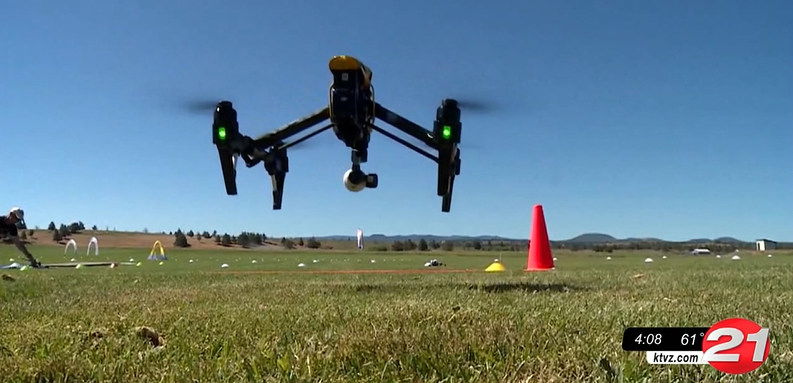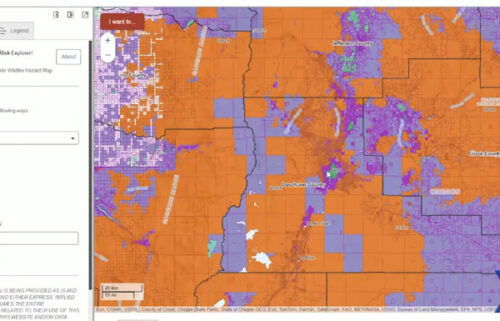OSU among 7 universities to receive FAA drone research, education and training grants

OSU will look into drones' cybersecurity vulnerabilities
WASHINGTON (KTVZ) – The U.S. Department of Transportation’s Federal Aviation Administration announced Friday $4.4 million in drone research, education and training grants to seven universities, including Oregon State University. Research will focus on three areas: electromagnetic compatibility, detect and avoid classifications, and cybersecurity oversight.
The universities receiving grants are University of North Dakota, University of Kansas, Drexel University, The Ohio State University, Embry-Riddle Aeronautical University, Mississippi State University and Oregon State University.
“This funding and our ongoing partnerships with these universities will allow the FAA to safely integrate the airspace that has a growing number of diverse aircraft users,” said FAA Acting Administrator Billy Nolen.
The research initiatives and grant awardees include:
Evaluate Unmanned Aircraft Systems (UAS) Electromagnetic Compatibility
This research will assess the risks, identify drone design vulnerabilities, identify material and procedural mitigations, and propose guidance for safer electromagnetic compatibility with emitted and static fields.
• University of North Dakota $325,042
• University of Kansas $325,000
• Drexel University $325,830
Investigate Detect and Avoid Track Classification and Filtering
This research will provide proposed metrics, guidance, and test methods to assess the effects of false or misleading information on detect and avoid capabilities. The findings will support Beyond Visual Line of Sight operations.
• The Ohio State University $732,441
• Embry-Riddle Aeronautical University $371,000
• Mississippi State University $330,000
• University of North Dakota $80,000
Illustrate the Need for UAS Cybersecurity Oversight and Risk Management
This research will address UAS Cybersecurity Oversight and Risk Management as it pertains to the National Airspace System and other FAA systems.
• University of Kansas $651,982
• Oregon State University $609,226
• Drexel University $608,783
OSU said its lead researcher is Rakesh Bobba of the College of Engineering, who will work with OSU colleagues Houssam Abbas and Yeongjin Jang.
Rakesh described their project this way:
"The goal of the project is to uncover cybersecurity vulnerabilities of UAS (or drones) and illustrate the need for cybersecurity oversight and risk management. Oregon State researchers will primarily lead the development of automated and semi-automated techniques to perform cyber-physical security analysis on drones. That is, understanding the security vulnerabilities at the intersection of the computing hardware/software (cyber) and operation (physical or physics) of the drone."
Friday’s announcement is the second round of Alliance for System Safety of UAS through Research Excellence (ASSURE) grants, which brings the total of 15 grants valued at $18.3 million for Fiscal Year 2022.The ASSURE Center of Excellence is one of six that the agency has established to help advance technology and educate the next generation of aviation professionals. Research conducted through ASSURE is focused on helping the drone market safely grow and integrate into the nation’s airspace.
More than 800,000 recreational and commercial drones are in the active drone fleet, and that number is expected to grow.



